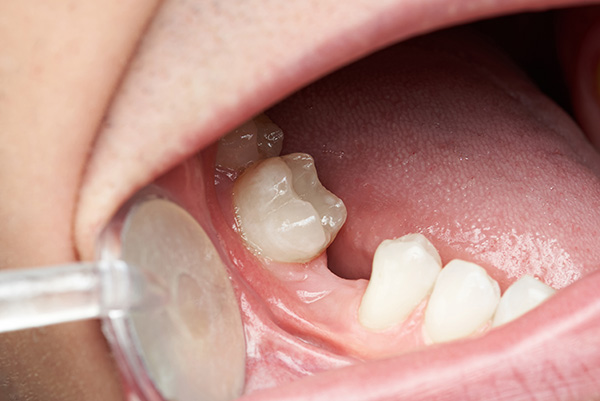 Missing teeth can result from many different things; regardless of how you lost your teeth, there are options for replacing missing teeth. There may be a stigma around dental care breaking the bank, but these options all have their pros and cons, which you should take into consideration.
Missing teeth can result from many different things; regardless of how you lost your teeth, there are options for replacing missing teeth. There may be a stigma around dental care breaking the bank, but these options all have their pros and cons, which you should take into consideration.
Do you need to replace missing teeth?
One option many consider is doing nothing. While the missing tooth may not be very visible or cause any immediate trouble with chewing, it can become detrimental to your dental health in the future. Here are some of the impacts you may encounter if you choose not to replace a missing tooth.
- Jaw bone integrity can wear as there is no longer root stimulation with the tooth missing.
- Slowly, other teeth will shift to make up for the lack of counterpressure from the missing tooth. This could affect chewing or even cause tooth decay or gum disease.
- The cost to fix these problems if they arise could be much more than using one of the actual options to replace missing teeth.
What can you do to replace missing teeth?
Dental Implants are possibly the most expensive route, but also the longest lasting. Dental implants involve the surgical placement of the implant anchor into the jawbone, similar to the root of a natural tooth. From there, a very natural feeling and looking cap is placed on the anchor and requires minimal follow-up from the dentist.
Implant-supported bridges are a similar option but more economical if you are missing several teeth in a row. Instead of having several single implants, there are only two implants placed—one on each end of the bridge and a bridged cap that needs follow-up and regular maintenance.
Still using the bridge idea, there is also an option to use existing teeth to place the bridges. No implants are required, no surgery is required, and the cost is much lower than listed previous options. The process involves filing down the existing teeth to place a cap and cement the bridge on top of the two filed teeth. This option does require regular care and can result in some long-term issues if not properly cared for.
Removable partial dentures use a metal clasp to fit perfectly in the mouth. These are very similar to full denture sets but are convenient because you can add teeth to the appliance if any other incident occurs and more teeth are lost. This is suggested to be the most affordable of the options to replace missing teeth.
The last option is only recommended for temporary use. The flipper is a cheap, painless, and light appliance used in most cases if a tooth is lost, but there is no immediate option to have it replaced using one of the other options. This device can be uncomfortable for some but is an effective way to keep your smile until you do something else.
Related Posts
There are several dental implant options for replacing missing teeth. A dental implant permanently replaces a missing tooth, saving smiles and helping people eat their favorite foods for years to come. Unlike other options for replacing missing teeth, dental implants do not require regular check-ups from a dentist.The three most common types of dental implants…
Within the past few decades, advances in dentistry have resulted in many options for replacing missing teeth. While all of these options help restore functionality and appearance to a person’s mouth, they also differ in several ways. Depending on a patient’s dental history and lifestyle, one replacement option may be better suited for them than…
If you're considering your options for replacing missing teeth, you may want to know when you should make your decision. In short, as soon as you can. Now, this is not always an option nor available at a moment's notice.Depending on the route you go, you're going to have to wait to let things heal.…
